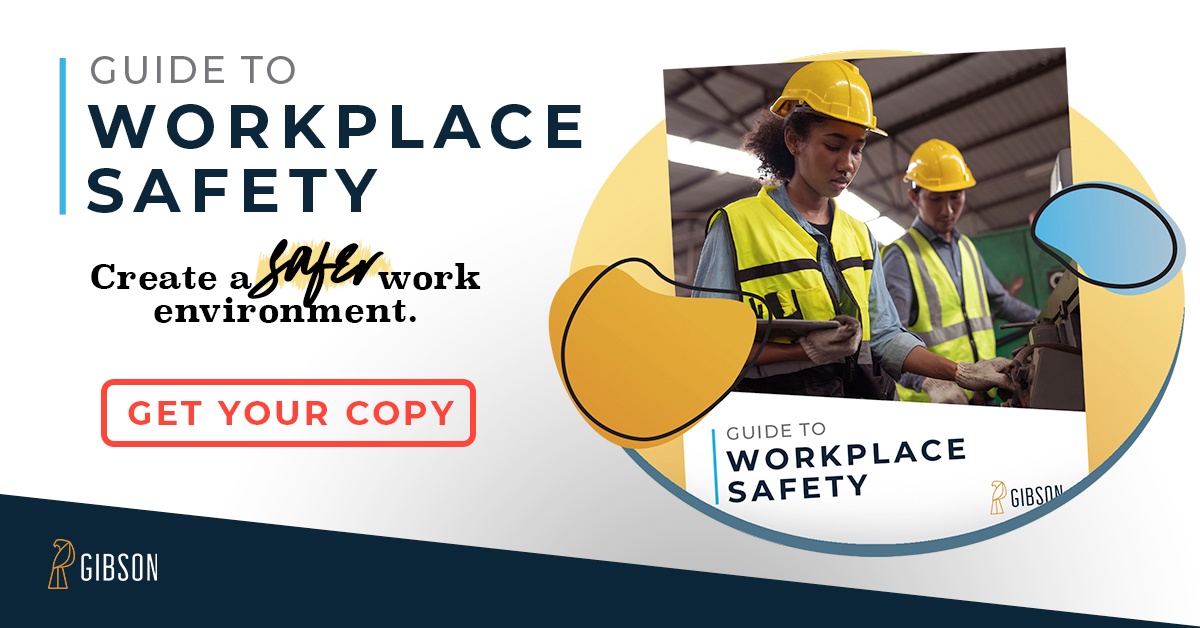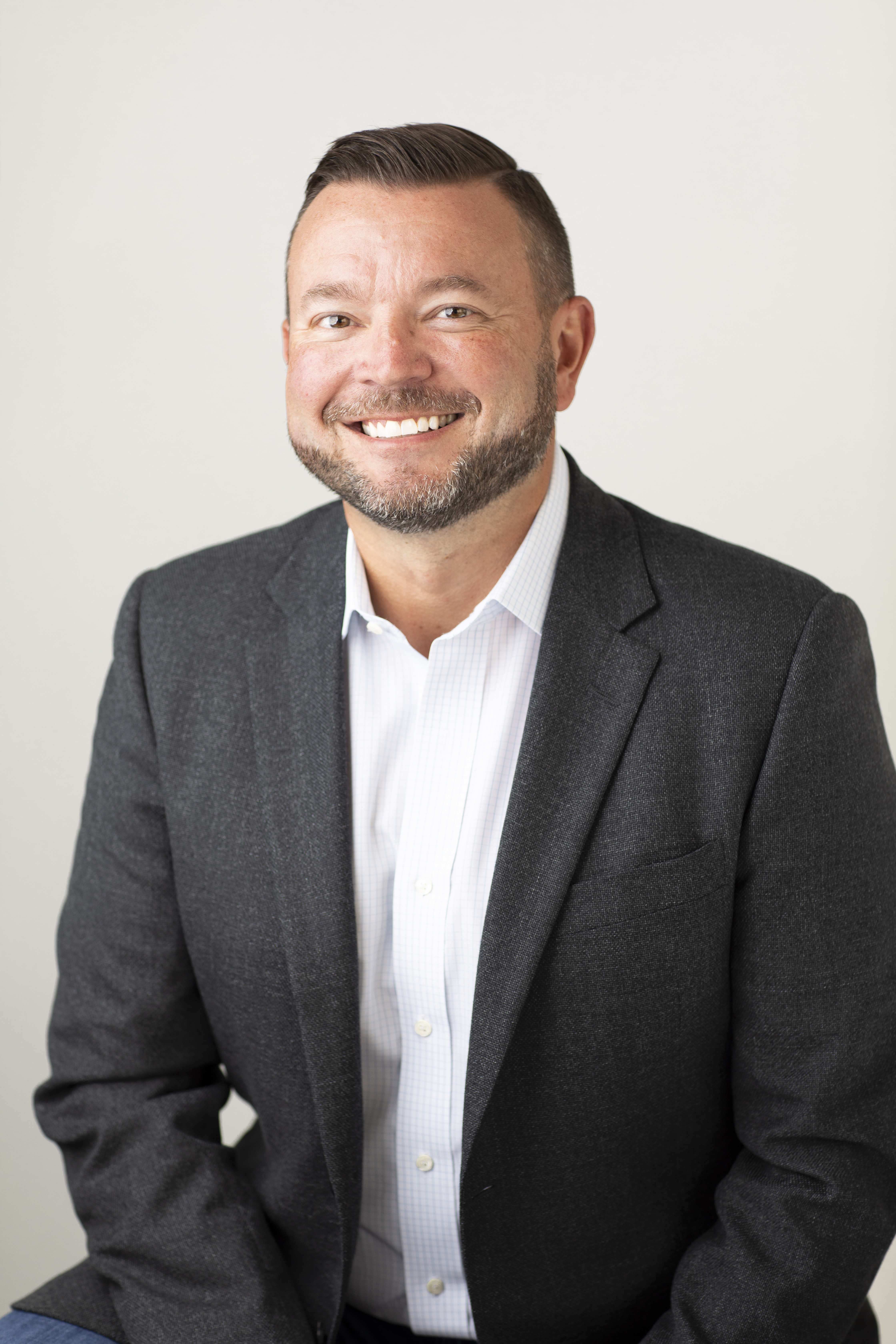Very Honored
We got some great news last week. Gibson has been named a “2013 Best Places to Work in Indiana” company. This is a big honor for us, as it’s a reflection of our incredible team of professionals at Gibson. They are hard-working, collaborative, optimistic, fun and client-centered folks. I’m lucky to work alongside such great people.
Honestly, we weren’t sure if we would achieve this award. We have applied for it on two other occasions and were close, but unsuccessful.
On the previous failed attempts, we decided it had to do with applying for the award during the economic downturn. After all in November 2008, we had the first and only reduction in force experienced by our organization in our 80-year history. Yet… other firms obviously won during those years.
Then we told ourselves (because it appeared that more of the winning firms are headquartered in Indianapolis) that it probably had something to do with being located in northern Indiana. Except, geography is not part of the selection process.
The truth was we needed to make some subtle, but important changes. We had been a really good company (and pridefully I thought a great place to work) for a long, long time, but realized we could become better.The great thing about the Indiana Chamber’s Best Places to Work award is they provide you with some quality feedback. They study the confidential survey responses from your employees and then compare it on an aggregate level to other companies that applied.
So, we studied their recommendations. We took down the defensive walls we had built and really sought to address the issues. Some of the common themes included:
- Better communication – more of it, more personalized, and more people participating in the process.
- More information – where are we going and why, how are we doing, what do I need to do to contribute?
- More engagement – once we get out of this economic mess, what’s in it for me? Why are we doing this?
What to do?
Our leadership team very purposely looked for opportunities to learn what the best companies were doing. We went to seminars, we took notes, we interviewed, we listened, and we began to understand where we were falling short with our team. We implemented some tangible changes and new initiatives. It took a little time, but you could begin to see and feel a difference.
1. We spent over a year creating a new long-term vision by starting with, “What do we want to look like in 2022?” We collaborated across business units as we painted the picture of what success looked like and what everyone’s role would be. I personally met with every one of our employees in small groups to discuss and get feedback.
2. We worked with our managers to implement cascading communications where they would take a message or update from me or others on the executive leadership team and then personalize and discuss it with their individual business unit. The manager of our claims area now starts off many of her team meetings asking for examples of how we’re delivering the Gibson Client Experience. Another manager created a contest around being able to recite our core values.
3. Our head of sales petitioned to initiate annual awards for our service team. He correctly called us out for only honoring the salespeople over the years. The Gibson Value Award and The Client Advocate Award have been awesome experiences. Last year one of the winners actually started crying! If you know me, you know I am definitely not a crier and it was everything I could do to hold it in.
4. We developed the Agency Wellness Index (AWI) to measure our progress. AWI is a quarterly score that reflects our financial performance. We pay quarterly bonuses based on how we perform.
5. In December 2010, we implemented the Gibson Employee Stock Ownership Plan (ESOP). The ESOP or “GESOP” as we refer to it, is an approximately 30% owner in our organization. Now all employees participate as owners in our company. While always transparent with our financials, it has allowed us to engage our team at an even deeper level.
Over the past several years since we last submitted an application for Best Places to work, a funny thing happened. We quit worrying about winning. We realized that an award was just about folks on the outside recognizing us. More important to us was what was happening on the inside of our company.
What’s the Risk?
This really is similar to a blog I wrote in February where I discussed the value for leaders in getting personal 360 feedback. You have perceptions of how you and the management team are doing as leaders. You surely have a great deal of pride in your organization and likely assume the best in most situations where you don’t have all the facts. But your natural blinders will cause you to miss subtle exterior details that point to bigger issues inside. I was guilty!
So I appreciate organizations like the Indiana Chamber and Best Companies Group running a Best Places to Work initiative. And I especially appreciate my team for putting themselves through the scrutiny. Will you have the winning ingredients right out of the gate? Maybe or maybe not. Either way, you’ll walk away with valuable information about your organization.
Here’s my advice on how to use it:
Disclose your shortcomings to your employees and don’t make excuses for them
- Acknowledge that you can be better as an organization
- Let your guard down and truly look to see things from a new perspective
- Decide to address the issues
- Show you’re serious by following through and very purposely making it a part of everything you do
- Keep desiring to improve and communicate your progress to your people
Like a post I read from a Texas company that has won this award, being a Best Place to Work is about a lot more than healthy snacks and flexible schedules. It’s about building great careers, strong teams, and a successful company. It’s about people who love their work and believe in their company. It’s about saying “good job” and “thank you.” It’s about giving someone a chance to be awesome and giving feedback and mentoring and listening.
As a result, we’re all a little better than we were the day before. What’s the risk? You tell me.



